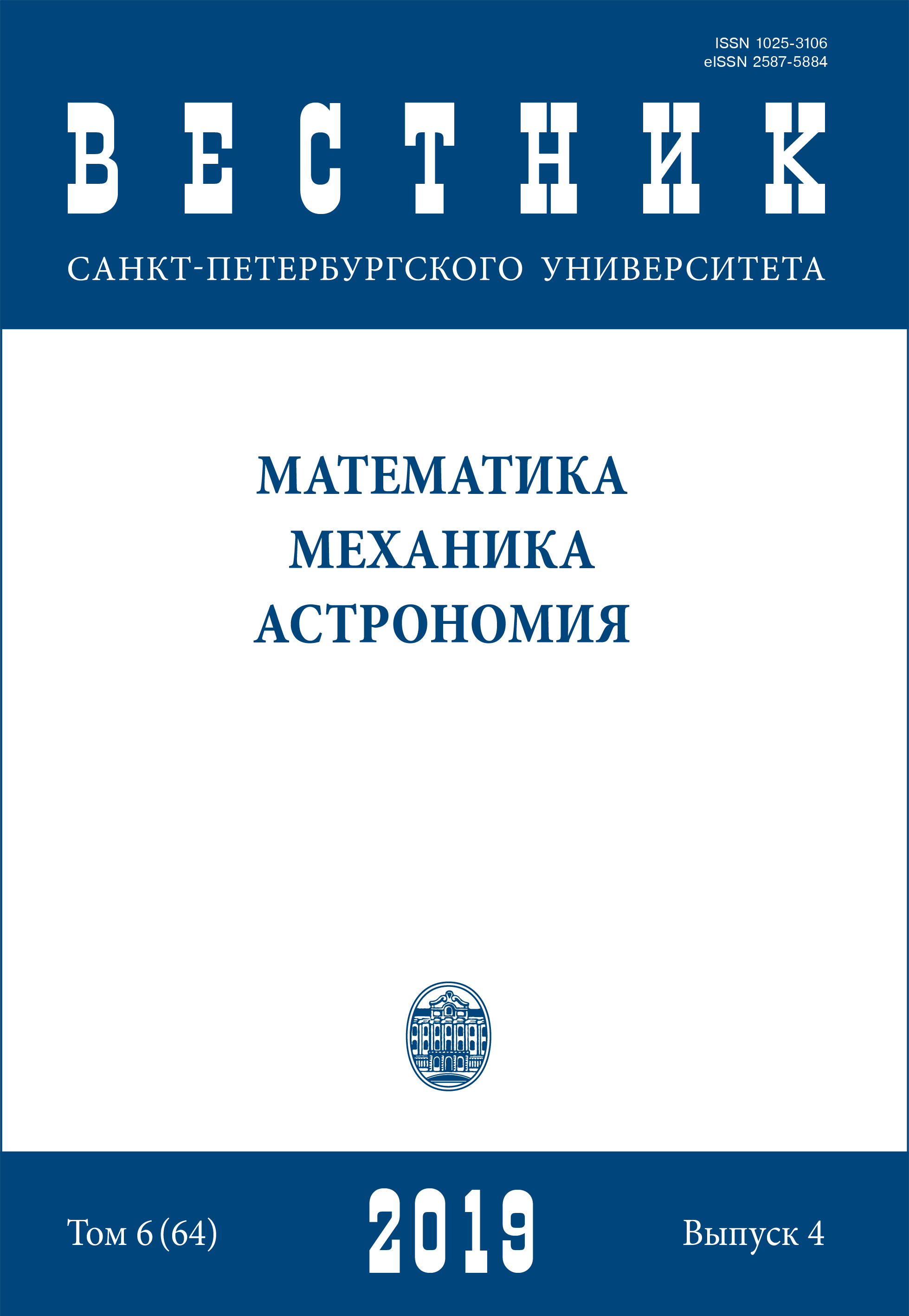Energy exchange rate coefficients in modeling carbon dioxide kinetics: calculation optimization
DOI:
https://doi.org/10.21638/11701/spbu01.2019.411Abstract
Algorithms for calculation of vibrational energy exchange rate coefficients at the collisions of carbon dioxide molecules are considered in the paper. For numerical modeling of CO2 vibrational kinetics in the state-to-state approach, it is necessary to solve a system of differential equations for level populations of three vibrational CO2 modes at each step of calculations; the number of these equations is about several thousands. Right hand sides of these equations contain hundreds of thousands of energy exchange rate coefficients. From the numerical point of view, this modeling relates to the Big Data and requires developing rapid numerical methods or pre-calculations. Such amount of data also requires providing a fast data access. Up to the present time, for the state-to-state description of CO2 vibrational relaxation, only simplified kinetic schemes were used with limited number of vibrational levels and energy transitions. In the present paper, the problem is solved in the complete formulation. The complete sets of CO2 vibrational levels and energy transitions are taken into account. The effective scheme for calculation of vibrational energy exchange rate coefficients is proposed on the basis of parallel computations and code optimization as well as the optimal data structure for their storage.
Keywords:
vibrational kinetics, carbon dioxide, state-to-state approach, optimization of numerical calculations
Downloads
References
References
Downloads
Published
How to Cite
Issue
Section
License
Articles of "Vestnik of Saint Petersburg University. Mathematics. Mechanics. Astronomy" are open access distributed under the terms of the License Agreement with Saint Petersburg State University, which permits to the authors unrestricted distribution and self-archiving free of charge.




